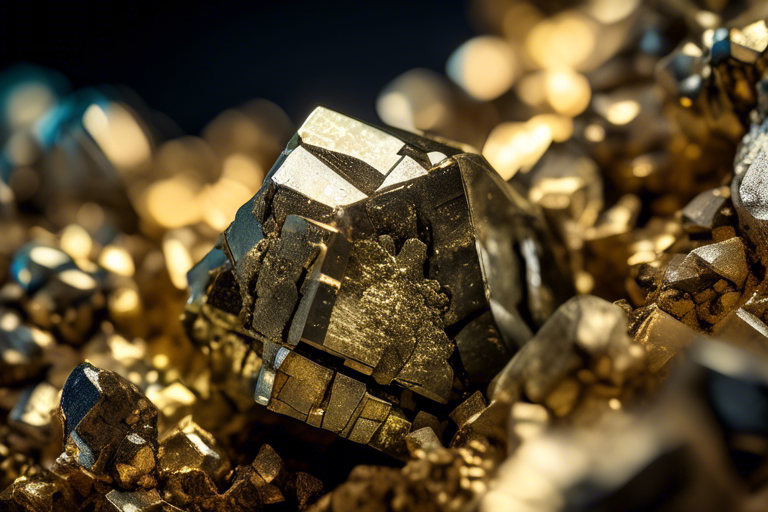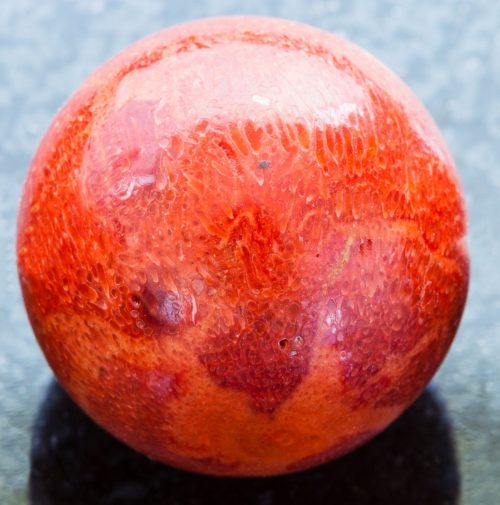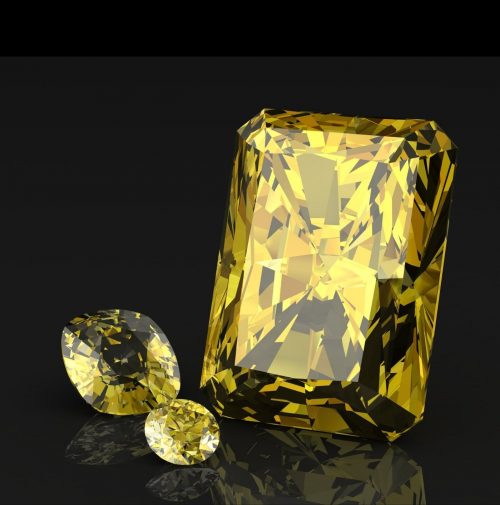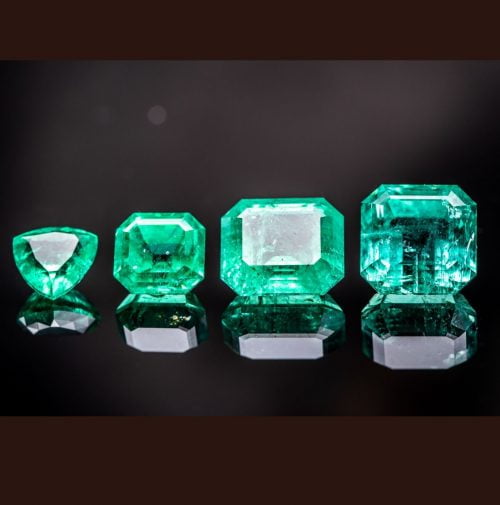Unearthing the Brilliance of Pyrite: A Closer Look at its Fascinating Properties

Introduction
Pyrite, also known as fool’s gold, is a mineral that has captivated humans for centuries with its stunning properties. As an avid geology enthusiast, I have always been intrigued by the allure of this mineral. In this article, we will delve into the historical uses, physical properties, chemical composition, formation and occurrence, crystal structure, and cultural significance of pyrite. Join me on this journey as we unearth the brilliance of pyrite.
Historical uses of Pyrite
Throughout history, pyrite has served various purposes. In ancient civilizations, it was utilized for its striking resemblance to gold. The Incas, for example, believed that pyrite was a sacred stone that held spiritual powers. It was used in religious ceremonies and even as a decorative element in their temples. Pyrite was also used by the ancient Greeks and Romans to create sparks for fire-making. Its ability to produce sparks when struck against flint made it a valuable tool in the prehistoric era.
Physical properties of Pyrite
Pyrite possesses unique physical properties that contribute to its allure. It has a metallic luster, similar to gold, which gives it a captivating shine. The color of pyrite can vary from pale yellow to a brassy golden hue. Its crystal system is cubic, and it often forms in distinctive cubic or pyritohedral shapes. Pyrite has a hardness of 6 to 6.5 on the Mohs scale, making it relatively durable. Its specific gravity is around 5, meaning it is significantly heavier than most other minerals.
Pyrite’s brilliance is not limited to its appearance. It is also known for its ability to conduct electricity, which is why it has been used in various electrical components. Additionally, pyrite exhibits a phenomenon called pyroelectricity, where it becomes electrically charged when heated or cooled. These unique physical properties make pyrite a fascinating subject of study for scientists and mineral enthusiasts alike.
Chemical composition of Pyrite
Pyrite is an iron sulfide mineral with the chemical formula FeS2. It consists of iron (Fe) and sulfur (S) atoms, arranged in a crystal lattice structure. The ratio of iron to sulfur in pyrite is 1:2, meaning there are twice as many sulfur atoms as iron atoms. This composition gives pyrite its characteristic golden color and metallic luster. The presence of sulfur in pyrite also contributes to its distinctive smell, often described as a rotten egg odor.
Formation and occurrence of Pyrite
Pyrite typically forms in sedimentary, metamorphic, and hydrothermal environments. It can be found in a variety of geological settings, including coal deposits, shale, limestone, and volcanic rocks. Pyrite often forms as a result of the decay of organic matter in the presence of sulfur-rich minerals. This process, known as diagenesis, occurs over millions of years and leads to the formation of pyrite crystals.
Pyrite is also commonly found in association with other minerals, such as quartz, calcite, and sphalerite. These mineral associations can provide valuable clues about the geological history of an area. Pyrite deposits can be found worldwide, with notable occurrences in Spain, Peru, Russia, and the United States.
Pyrite’s unique crystal structure
One of the most fascinating aspects of pyrite is its crystal structure. As mentioned earlier, pyrite belongs to the cubic crystal system, which means its crystals have a cubic or pyritohedral shape. These distinctive crystal forms are a result of the arrangement of iron and sulfur atoms in the crystal lattice.
The crystal structure of pyrite is often described as a framework of iron atoms surrounded by sulfur atoms. This arrangement gives pyrite its metallic luster and contributes to its remarkable stability. The strong bonds between iron and sulfur atoms make pyrite resistant to weathering and oxidation.
Pyrite’s metallic luster and color
Pyrite’s metallic luster and golden color are what make it so visually appealing. The metallic luster is a result of the way light interacts with the crystal structure of pyrite. When light hits the surface of a pyrite crystal, it is reflected in a way that creates a brilliant shine.
The color of pyrite can vary depending on impurities present in the crystal lattice. Most commonly, pyrite appears as a pale yellow to a brassy golden hue. However, it can also exhibit shades of green, brown, or even iridescent colors. These variations in color add to the beauty and uniqueness of pyrite specimens.
Pyrite’s role in geology and mineralogy
Pyrite plays a significant role in the fields of geology and mineralogy. Its presence in rocks and minerals can be used as an indicator of specific geological processes and environments. For example, the occurrence of pyrite in sedimentary rocks can indicate the presence of organic matter and the conditions under which the rock formed.
In mineralogy, pyrite is classified as a sulfide mineral. Its unique crystal structure and physical properties make it a valuable mineral for scientific study and identification. By examining the characteristics of pyrite, mineralogists can gain insights into the geological history of an area and the processes that shaped the Earth’s crust.
Pyrite’s cultural significance and symbolism
Beyond its geological and scientific importance, pyrite holds cultural significance and symbolism in various societies. In ancient times, pyrite was often associated with wealth and prosperity due to its resemblance to gold. It was believed to bring good luck and abundance to those who possessed it.
In modern times, pyrite has become a popular mineral for jewelry and decorative purposes. Its metallic luster and unique appearance make it a sought-after gemstone. Pyrite is also used as a symbol of protection and grounding in spiritual practices. It is believed to shield against negative energies and promote clarity of thought.
Common misconceptions about Pyrite
Pyrite is often mistaken for gold due to its similar appearance. This misconception has led to it being called “fool’s gold.” While pyrite may resemble gold, it is important to note that they have distinct chemical compositions and properties. Unlike gold, pyrite is not a precious metal and does not hold the same value. However, pyrite’s beauty and unique properties make it a valuable mineral in its own right.
Industrial uses of Pyrite
Pyrite has several practical applications in various industries. One of its primary uses is in the production of sulfuric acid. When pyrite is heated, it undergoes a chemical reaction that produces sulfur dioxide gas. This gas is then converted into sulfuric acid, which is widely used in the manufacturing of fertilizers, dyes, and detergents.
Pyrite is also used as a raw material in the production of iron and steel. Its high sulfur content makes it an excellent source of sulfur for the steel industry. Additionally, pyrite’s conductivity and stability make it useful in the production of electrical components such as batteries and semiconductors.
Potential health and environmental hazards of Pyrite
While pyrite has many beneficial uses, it can also pose potential health and environmental hazards. When pyrite is exposed to air and water, it can undergo a process called oxidation, which releases sulfuric acid. This acid can contaminate water sources, leading to acid mine drainage and environmental damage.
In terms of health hazards, prolonged exposure to pyrite dust can cause respiratory issues and lung damage. Workers in industries that handle pyrite should take proper precautions to minimize exposure and use protective equipment.
General FAQs
Here are some frequently asked questions about pyrite and its fascinating properties:
What is Pyrite?
Pyrite, also known as “fool’s gold,” is a mineral composed of iron and sulfur. It has a metallic luster and a brassy yellow color, often mistaken for real gold due to its similar appearance.
What are the Properties of Pyrite?
- Physical Properties:
-
- Pyrite has a hardness of 6-6.5 on the Mohs scale, making it relatively hard.
- It has a cubic crystal structure and a metallic luster.
- Chemical Properties:
-
- Pyrite is composed of iron disulfide (FeS2) and is known for its high sulfur content.
- Fool’s Gold:
-
- Due to its resemblance to gold, pyrite earned the nickname “fool’s gold,” but it has distinct properties that differentiate it from real gold.
Where is Pyrite Found?
Pyrite is commonly found in various geological formations and sedimentary deposits around the world. It is often associated with other sulfide minerals and can be found in coal beds, shales, and limestone.
What are the Uses of Pyrite?
- Historical Use:
-
- Pyrite has been used in jewelry and ornamentation for centuries, often as a substitute for gold.
- Industrial Use:
-
- It is used in the production of sulfur dioxide and sulfuric acid. Additionally, it is sometimes utilized as a source of iron and in the manufacturing of steel.
Is Pyrite Valuable?
While pyrite is not as valuable as gold, it has economic importance due to its industrial uses. In its crystalline form, pyrite can also be appreciated for its aesthetic value.
Is Pyrite Toxic?
Pyrite itself is not toxic, but when it is exposed to air and water, it can form sulfuric acid, which can be harmful to the environment.
Can Pyrite be Used for Healing or Metaphysical Purposes?
Pyrite is sometimes associated with metaphysical properties, believed by some to promote vitality and confidence. However, these beliefs are not scientifically proven.
Pyrite is a mineral with fascinating properties, from its metallic luster and distinctive appearance to its industrial applications. Understanding its characteristics can lead to a deeper appreciation of this intriguing mineral.
Conclusion: Appreciating the brilliance of Pyrite
pyrite is a mineral that deserves our admiration. Its unique physical properties, distinctive crystal structure, and cultural significance make it a fascinating subject of study. From its historical uses to its role in geology and mineralogy, pyrite has left an indelible mark on human civilization.
Next time you come across pyrite, take a moment to appreciate its brilliance. Remember that while it may not be gold, it possesses its own beauty and allure. Let us embrace the wonders of pyrite and continue to unravel the mysteries of the natural world.
CTA: If you’re interested in exploring the fascinating world of astrology and meditation, look no further than 360 Real Astrology. Visit our website at 360realastrology.com to discover how our expert astrologers can provide you with the best astrological counseling and meditation practices to create your future exactly how you want it. Book an astrological birth-chart reading by visiting this link and embark on a transformative journey towards self-discovery and fulfillment.








Connect me